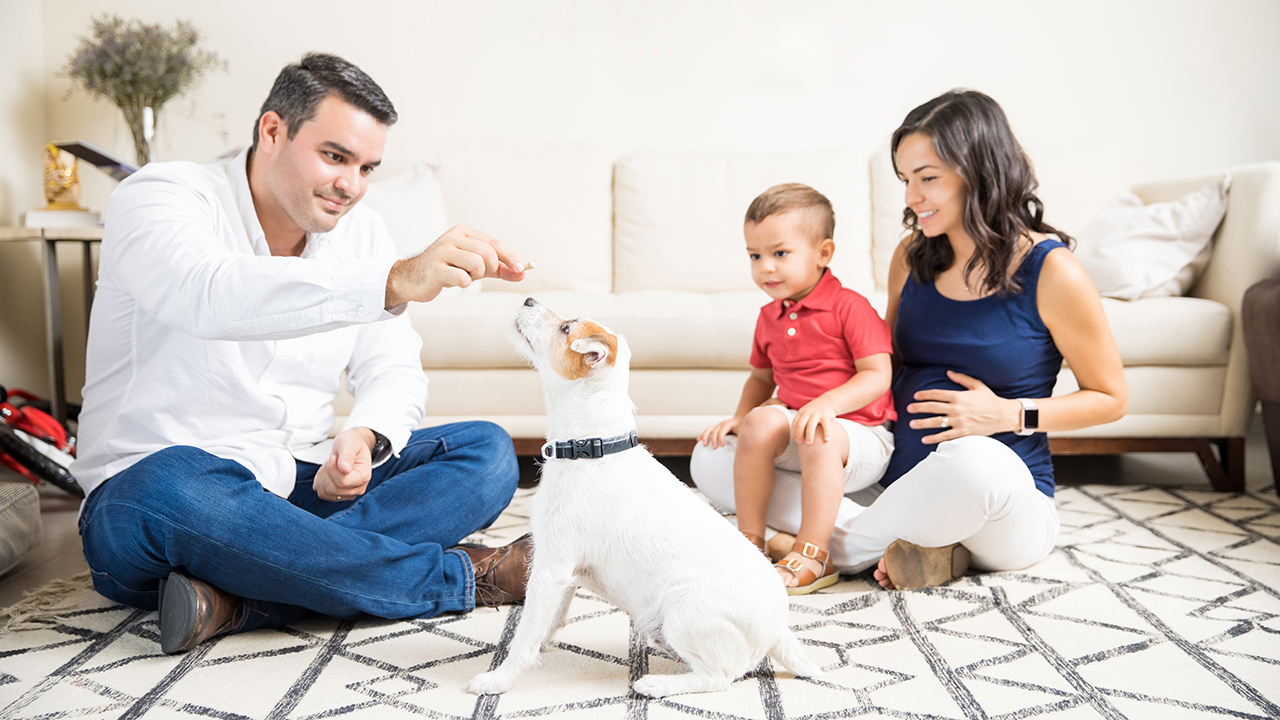- Doctors & Departments
-
Conditions & Advice
- Overview
- Conditions and Symptoms
- Symptom Checker
- Parent Resources
- The Connection Journey
- Calm A Crying Baby
- Sports Articles
- Dosage Tables
- Baby Guide
-
Your Visit
- Overview
- Prepare for Your Visit
- Your Overnight Stay
- Send a Cheer Card
- Family and Patient Resources
- Patient Cost Estimate
- Insurance and Financial Resources
- Online Bill Pay
- Medical Records
- Policies and Procedures
- We Ask Because We Care
Click to find the locations nearest youFind locations by region
See all locations -
Community
- Overview
- Addressing the Youth Mental Health Crisis
- Calendar of Events
- Child Health Advocacy
- Community Health
- Community Partners
- Corporate Relations
- Global Health
- Patient Advocacy
- Patient Stories
- Pediatric Affiliations
- Support Children’s Colorado
- Specialty Outreach Clinics
Your Support Matters
Upcoming Events
Colorado Hospitals Substance Exposed Newborn Quality Improvement Collaborative CHoSEN Conference (Hybrid)
Monday, April 29, 2024The CHoSEN Collaborative is an effort to increase consistency in...
-
Research & Innovation
- Overview
- Pediatric Clinical Trials
- Q: Pediatric Health Advances
- Discoveries and Milestones
- Training and Internships
- Academic Affiliation
- Investigator Resources
- Funding Opportunities
- Center For Innovation
- Support Our Research
- Research Areas

It starts with a Q:
For the latest cutting-edge research, innovative collaborations and remarkable discoveries in child health, read stories from across all our areas of study in Q: Advances and Answers in Pediatric Health.


Bringing Home Baby: How to Prepare Pets and Siblings

Bringing home a new baby isn’t just an exciting change for parents — it’s also a time of transition for other family members, including siblings and pets. To set up the entire family for a successful first meet and greet, there are a few steps new parents can take before and after your baby comes home.
Introducing a new baby to older siblings
Introducing a new baby to siblings can be just as stressful as it is exciting. Babies can dramatically alter a family’s routines, and parents often feel pressure to foster a lasting bond between their children. The best thing a family can do, according to Children’s Hospital Colorado child life specialist Sarah Scott, CCLS, is to move at whatever pace works best for the family and to let go of expectations.
“My biggest piece of advice is to give yourself grace because this may be your first time navigating this, and there's no rule book for it,” Scott says. “Every household is different, every family is different, so I always encourage parents that while you may not feel like it, you are the expert on your family.”
How to prepare siblings before baby arrives
Scott says that ahead of baby’s arrival, some kids might feel excited to welcome their new sibling, while others might feel a loss of control. This is perfectly normal, she says, since kids typically thrive on routine and new babies can disrupt that.
As a remedy, Scott suggests involving kids in the process of getting ready for the new baby, so they continue to feel like an important member of the family. This could mean letting kids help prepare a nursery for their sibling or picking out a special stuffed animal or outfit that they can give their new sibling once they’re home.
Additionally, ahead of a new baby’s arrival, Scott says it’s important to prepare kids for the changes they’ll experience and begin teaching siblings about infants ahead of time. Young kids, for example, might not realize it's unsafe to pick up a baby on their own or that it’s important not to wake the baby while they are resting, so it’s worthwhile to teach them these things before the baby comes. Scott suggests asking questions, such as, “How do we help with a baby when they're sleeping? Do we use really loud voices, or should we use more quiet voices when they're sleeping?”
Helping siblings adjust after bringing a baby home
Once your new baby comes home, the journey truly begins. And while Scott doesn’t recommend making siblings solely responsible for care duties, she says some kids enjoy finding their own way of getting involved in all the things that go along with a new baby.
“A lot of kids at that toddler or school age might enjoy having a baby doll or something that they can also take care of when parents are taking care of the baby,” she says. “They can kind of mimic that behavior, and it helps them learn about interacting with a baby in the process.”
Choice is another important component of fostering a healthy bond between siblings early on. By giving kids choices in how they interact with a new baby, parents can avoid creating negative associations between siblings. Scott says kids do well with an either-or option, so for example, a parent might ask, "Would you like to help put baby to bed tonight, or would you like to stay here and read your own book?" That, Scott says, provides a concrete choice so that siblings know that they're welcome to participate but aren't required to.
Allowing children to build their sibling bond in their own way and on their own timeline can be tough but rewarding. Scott says that some children might regress a bit during this period, and that's normal. They might not understand why caregivers’ attention is suddenly focused on a baby. With that in mind, Scott recommends expecting some challenges.
“They’re not going to want to interact and involve themselves with the baby in every moment, and that's OK,” she says. “So, what can they do during a time that they need to take a break and how can we validate that? Maybe they play with their Lego set, go outside or have a special play date with a friend.” Scott adds that setting up one-on-one time between older siblings and parents can help remind children that they are still just as important and cared about.
And remember, even if it doesn’t happen right away, siblings have their whole lives to form lasting bonds. “They will get in countless arguments over the years, but then they end up often being their closest friends, and there's no one perfect moment that makes that go one way or the other,” Scott says.
Introducing baby to pets
When preparing your dog or cat for a new baby, remember to go at whatever pace feels most comfortable for everyone, even if that’s slower than your pet might prefer. Scott, who also serves as coordinator for the Medical Dog Program at Children’s Colorado and is the handler to medical dog Galaxy, reminds parents that they are the expert on their pets and advises them to listen to their gut.
How to prepare pets before bringing baby home
Well before it’s time for your baby’s arrival, Scott says it’s valuable to start fine-tuning your pet’s training, whether you have a dog or a cat. For example, if you know your dog jumps on people, it may be worth working with a trainer or practicing positive reinforcement with your pup on your own before your baby is born.
If you've set up a nursery or you have new items in the house, introduce your pet to those spaces and show them any unfamiliar objects so they can familiarize themselves with new smells and sights before the baby comes home.
And if you plan to keep your nursery a pet-free zone or introduce new physical boundaries such as baby gates, it is important to allow your pet to get comfortable with these new rules ahead of time, so they know what to expect from the start.
Additionally, if your dog or cat has never been around children before, Scott says it can be helpful to ask a friend or family member to bring their child to your home or accompany your dog on a walk so they can get comfortable with children, and you can observe how they interact.
In those first days when you and your baby are still in the hospital, Scott suggests asking someone to bring an item the baby has used, such as a blanket or hat, home so pets can start getting used to their scent.
How to ensure a smooth introduction
No matter how much preparation you do, introducing your cat or dog to a new baby can be a nerve-wracking experience. Even so, Scott says the most important part of that initial meeting is to create a calm, positive environment.
“Dogs in particular pick up a lot on our nonverbal cues,” she says. “We encourage, if you can, to keep your body as calm as possible and keep your breathing calm, because both your baby and your dog will pick up on that. Creating a relaxed environment can be helpful.”
The first step, according to Scott, is sending one caregiver into your home first so your pets can get all their initial excitement out before they meet your baby. Then, take a seat with baby on an elevated surface, such as a couch or chair. This provides a bit more control over the interaction. From there, it’s about letting your pets make the first move and going as slowly as necessary.
“It might not be this magical first meet and greet where they're really comfortable with the baby,” Scott says. “It's a slow process, so if your dog shows a little bit more guarding behavior historically or you're a little more nervous about how they might interact with the baby, then it could be a good idea to go even slower and just have them be familiar with the baby's presence in the house before you try to put the baby on the ground or on a play mat with the dog.”
The same is true of cats. Scott says cats often create their own boundaries, and it’s important to let them choose when and how they interact with the baby. That could take several days if you have a particularly skittish kitty, and Scott reiterates that that’s perfectly normal. Once your cat or dog does start interacting with your baby, ensuring the experience is positive is key. Scott says good behavior and gentle interactions provide the perfect opportunity to give your pet their favorite treat to ensure they build positive associations with new babies. The same is true for your baby. This is a great time to start teaching kids how to gently interact with your cat or dog, and positive reinforcement can help them learn this critical skill.
What to do if the initial meeting is rocky
Of course, it’s possible your pet and baby may have some less positive interactions. Scott says that if your dog meets your baby with a growl or your cat swats at them, it’s likely just your pet communicating that they need more space and time to adjust. It's a relationship worth working on, as research has shown the many positive benefits of pets for kids.
“If you take a step forward and it doesn't go as well as you thought, then it may just mean taking a few steps back and creating a new plan, and that's not a bad thing. It doesn't mean that there will never be a positive relationship between your pet and your child,” she says. “It might also be worth reaching out to your trainer or your vet because if you've already worked with them and they know your animal, they can often help.”
Whether you’re introducing your new baby to your cat, dog or sibling, Scott says reaching out for support and help can make all the difference, whether that’s having a friend give your pet some extra love when you’re busy or asking your healthcare provider for advice on fostering positive sibling relationships.



 720-777-0123
720-777-0123






